Articles > Geography
Know Finland Largest Cities? Here are the top 25 to get you started.
1. Helsinki (Population: 1,360,011)
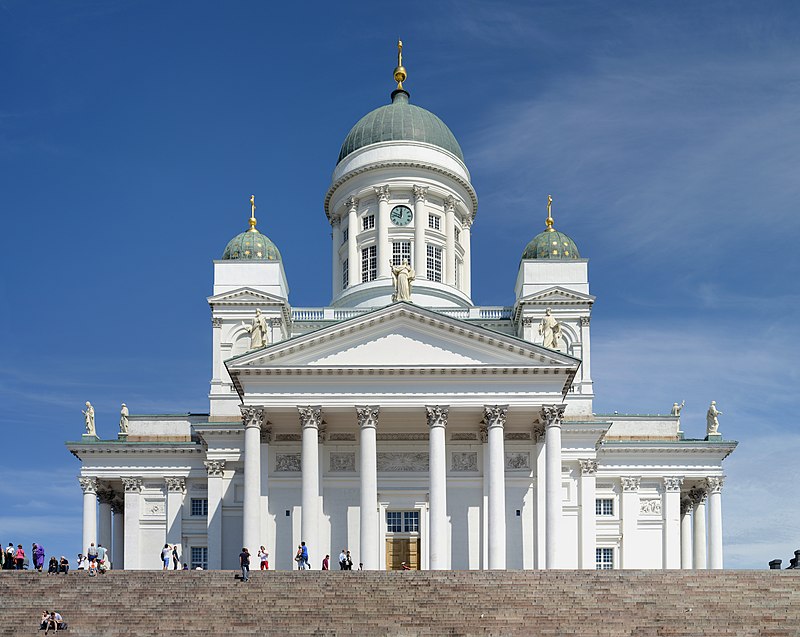
Helsinki, the capital of Finland, is the country’s largest city and serves as its cultural, political, and economic hub.
Located on the shores of the Gulf of Finland, Helsinki boasts a unique blend of neoclassical architecture, modern design, and vibrant seaside charm.
The city is home to numerous museums, theaters, and a flourishing design district. Helsinki is also known for its high quality of life and proximity to nature.
Interesting Fact:
Helsinki is one of the world’s northernmost capitals, with nearly 20 hours of daylight during midsummer.
2. Tampere (Population: 359,306)
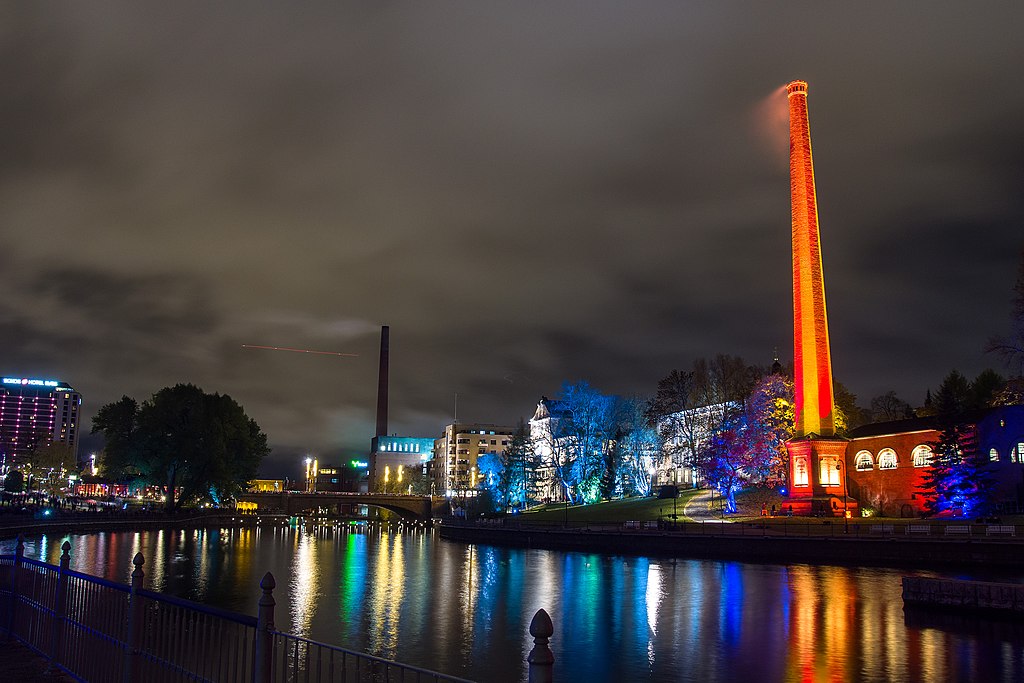
Tampere, located between two large lakes, Näsijärvi and Pyhäjärvi, is Finland’s second-largest urban area.
Known as the “Manchester of Finland” due to its industrial history, Tampere today thrives as a center for culture, education, and technology.
The city is also a hotspot for events, festivals, and sports, with an active student population contributing to its lively atmosphere.
Interesting Fact:
Tampere is home to the world’s only Moomin Museum, dedicated to the beloved Finnish characters created by Tove Jansson.
3. Turku (Population: 286,957)
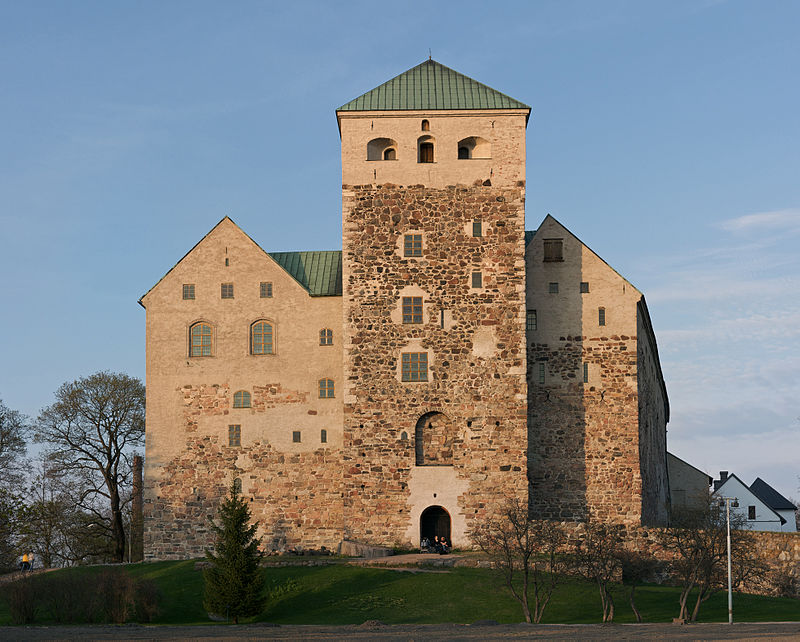
Turku, located on the southwest coast, is Finland’s oldest city and a former capital.
Situated along the Aura River, it boasts a rich history with landmarks such as Turku Castle and the Turku Cathedral.
Turku is also the gateway to the Finnish archipelago, one of the largest in the world, offering endless opportunities for exploration.
Interesting Fact:
Turku holds Finland’s official Christmas Peace Declaration every year, a tradition dating back to the 13th century.
4. Oulu (Population: 212,738)
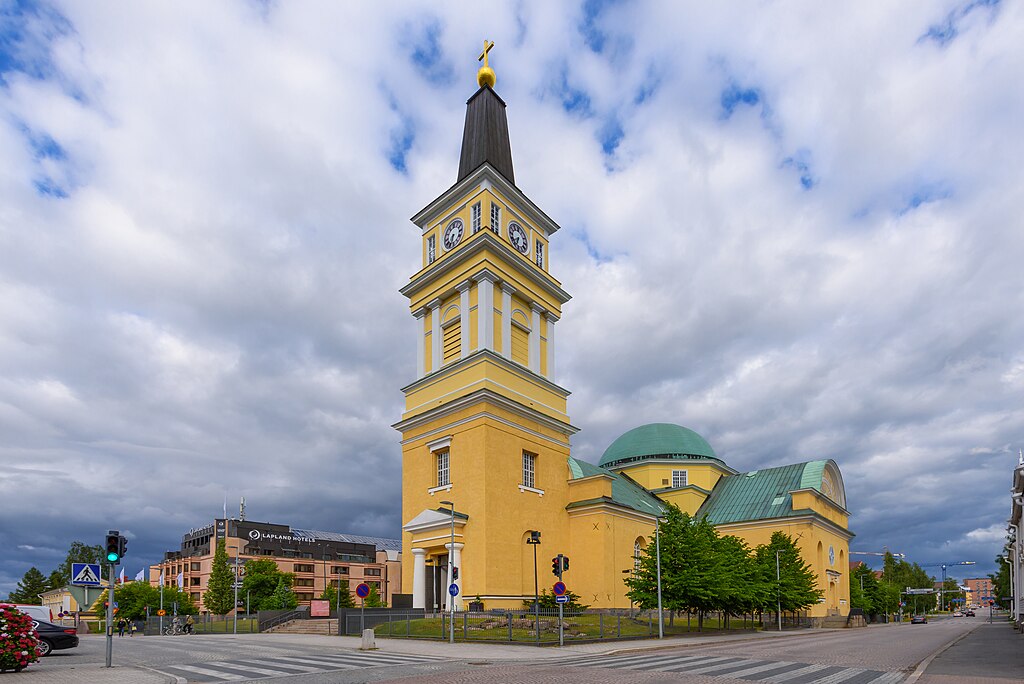
Oulu, located in northern Finland by the Gulf of Bothnia, is a vibrant city known for its innovation and technology sector.
With a strong university presence, Oulu blends modern industry with the beauty of nearby forests, rivers, and the sea.
It’s also a popular location for winter sports and northern lights viewing.
Interesting Fact:
Oulu is famous for hosting the annual Air Guitar World Championships.
5. Jyväskylä (Population: 132,962)
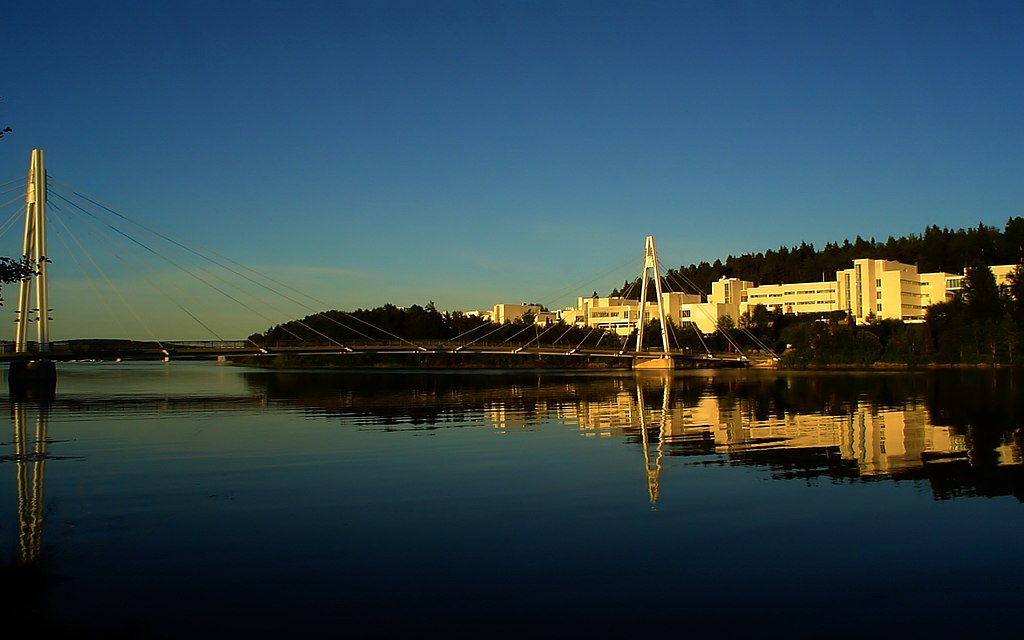
Jyväskylä, often called the “Athens of Finland,” is located in Central Finland and is renowned for its educational institutions.
It is the childhood home of famous architect Alvar Aalto, whose designs can be seen throughout the city.
Surrounded by lakes and rolling hills, Jyväskylä offers a perfect mix of nature and urban life.
Interesting Fact:
Jyväskylä has the largest collection of Alvar Aalto-designed buildings in the world.
6. Lahti (Population: 119,933)
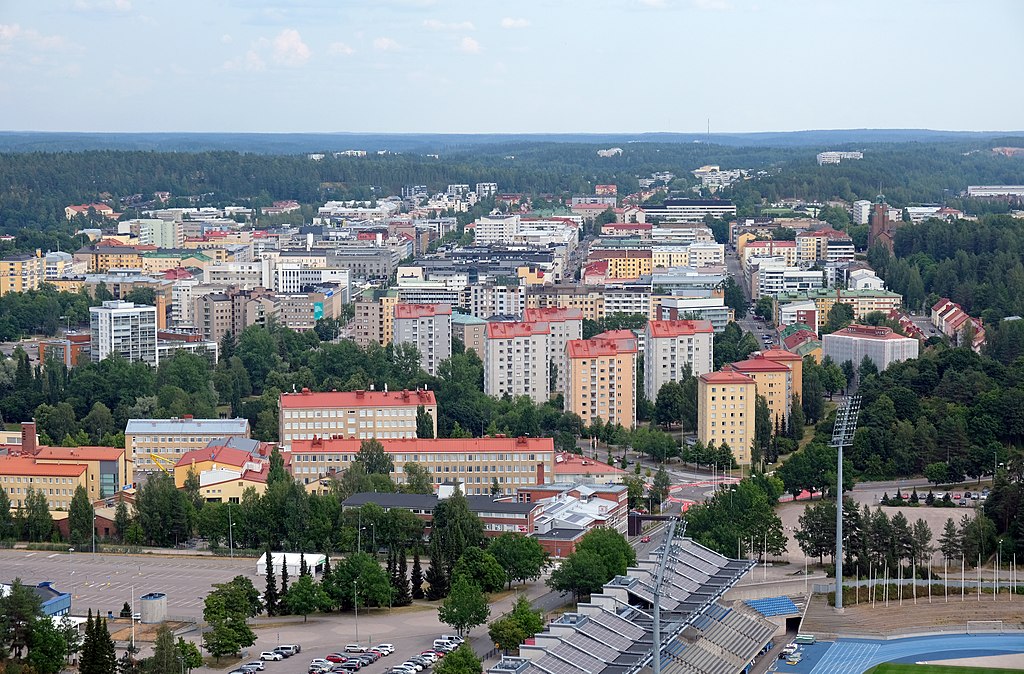
Lahti, located in southern Finland, is known for its sports culture, especially winter events.
It has hosted the FIS Nordic World Ski Championships multiple times.
The city is also a hub for environmental innovation, with a strong focus on sustainability and green design.
Interesting Fact:
Lahti was named the European Green Capital in 2021 for its environmental leadership.
7. Kuopio (Population: 95,122)
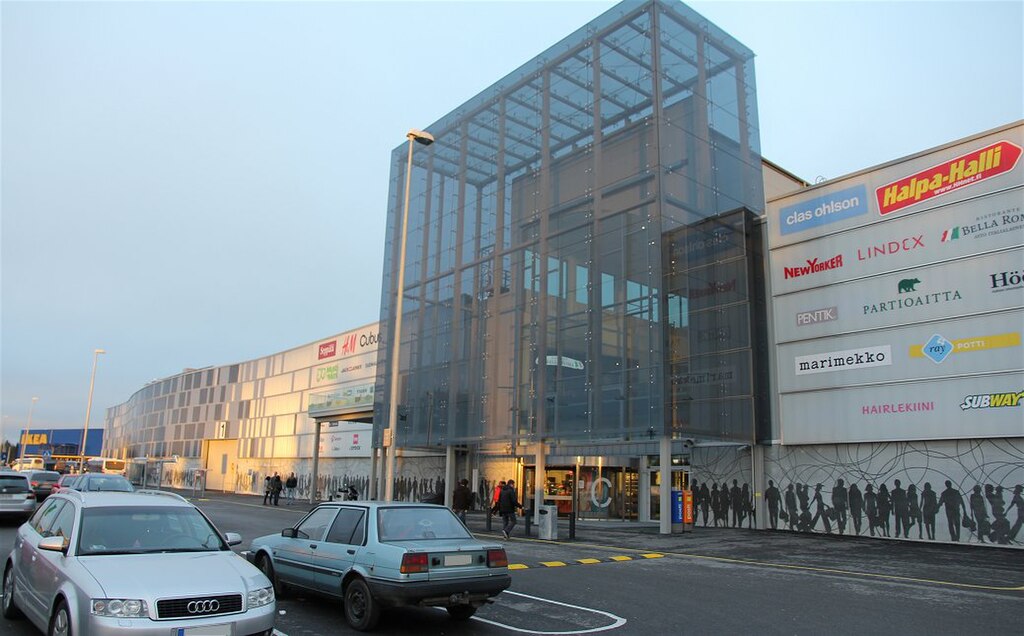
Kuopio, situated in Eastern Finland by Lake Kallavesi, is famous for its scenic views and outdoor recreation.
The city’s Puijo Tower offers panoramic vistas of the surrounding lake district.
Kuopio is also celebrated for its culinary tradition of kalakukko, a fish-filled bread.
Interesting Fact:
Kuopio hosts Finland’s largest dance festival, the Kuopio Dance Festival, every summer.
8. Pori (Population: 82,956)
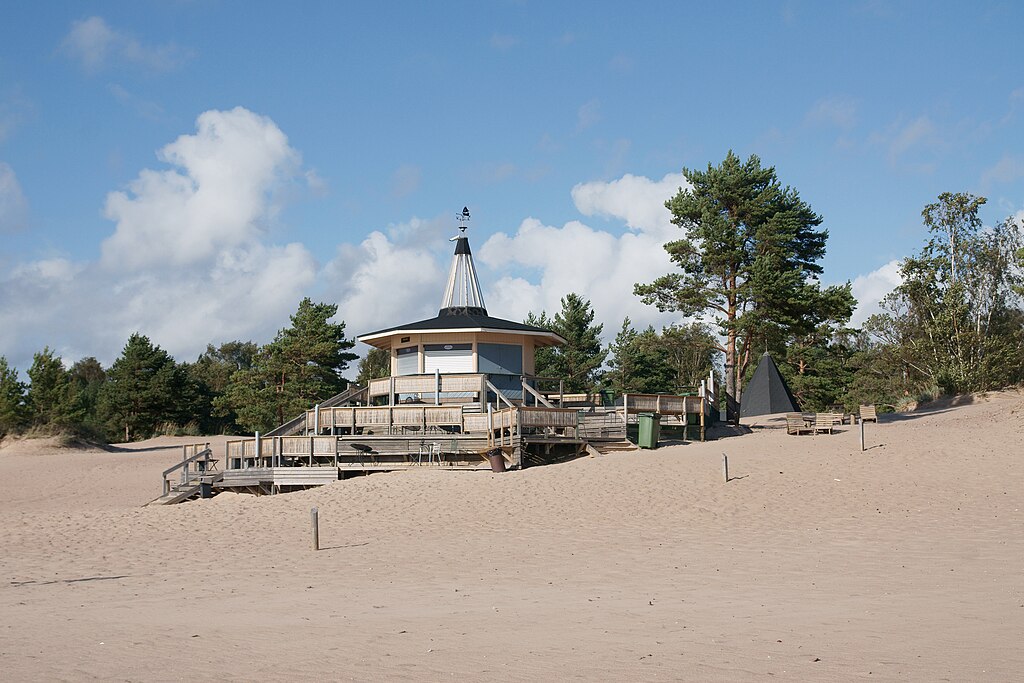
Pori, located on the west coast, is known for its beautiful beaches, particularly Yyteri Beach.
It has a strong cultural scene and hosts one of Europe’s most prestigious jazz festivals each summer.
Interesting Fact:
Pori’s Jazz Festival has been attracting world-class musicians since 1966.
9. Joensuu (Population: 73,567)
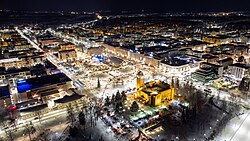
Joensuu, the capital of North Karelia, is located near the Russian border.
It is a university city with a rich cultural heritage influenced by Karelia’s traditions and nature.
Interesting Fact:
Joensuu’s name means “mouth of the river” in Finnish, referring to its location at the Pielisjoki River’s end.
10. Vaasa (Population: 69,034)
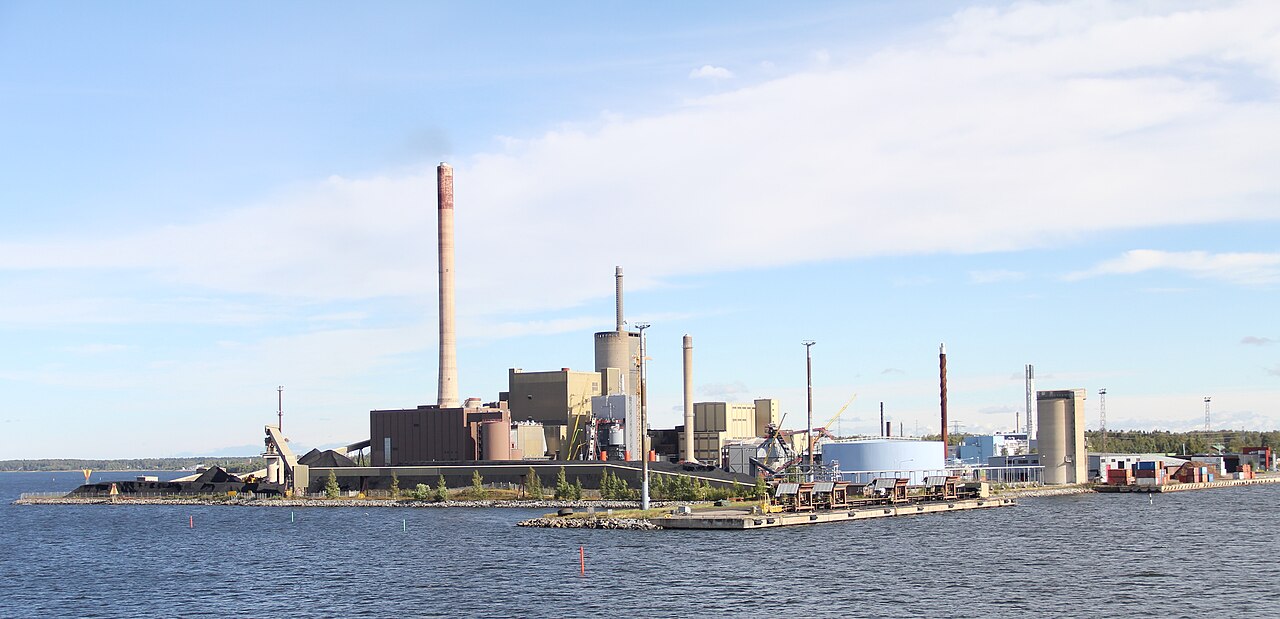
Vaasa, on the west coast, is a bilingual city where both Finnish and Swedish are widely spoken.
It is known for its energy industry and scenic location by the Kvarken Archipelago, a UNESCO World Heritage site.
Interesting Fact:
The Kvarken Archipelago is unique for its rapidly rising land, a result of post-glacial rebound.
11. Hämeenlinna (Population: 58,514)
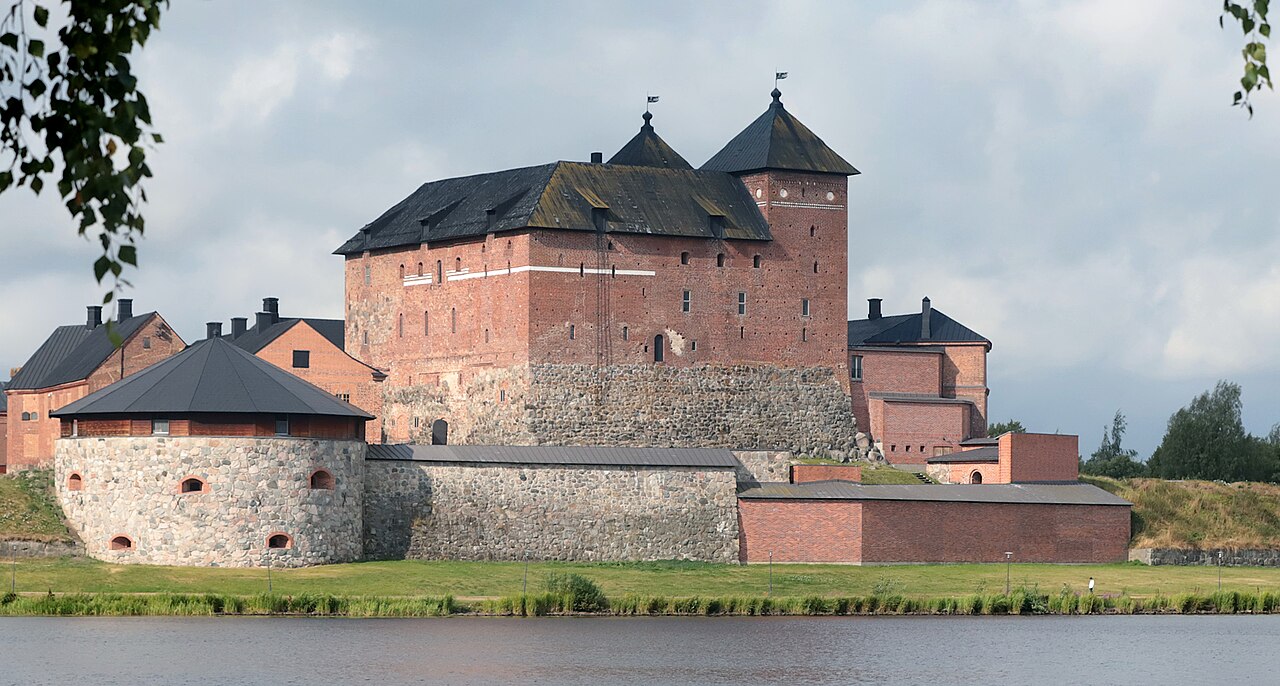
Hämeenlinna is one of Finland’s oldest inland cities, famous for its medieval castle, Häme Castle.
The city blends historical charm with modern conveniences and cultural activities.
Interesting Fact:
Composer Jean Sibelius, Finland’s most celebrated musician, was born in Hämeenlinna.
12. Lappeenranta (Population: 56,452)
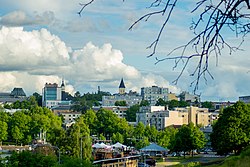
Lappeenranta, located near the Russian border on Lake Saimaa, is known for its harbor, canals, and relaxed lakeside vibe.
It serves as a gateway to the Saimaa Canal, connecting Finland to the Gulf of Finland via Russia.
Interesting Fact:
Lappeenranta’s sandcastle is one of the largest in the world, rebuilt each summer with a new theme.
13. Rovaniemi (Population: 54,932)
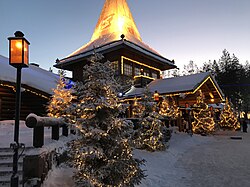
Rovaniemi is the capital of Lapland and is famously known as the “official” hometown of Santa Claus.
It is a top destination for seeing the northern lights and experiencing Arctic adventures.
Interesting Fact:
Rovaniemi’s streets are laid out in the shape of a reindeer’s head, as designed by architect Alvar Aalto.
14. Seinäjoki (Population: 52,998)
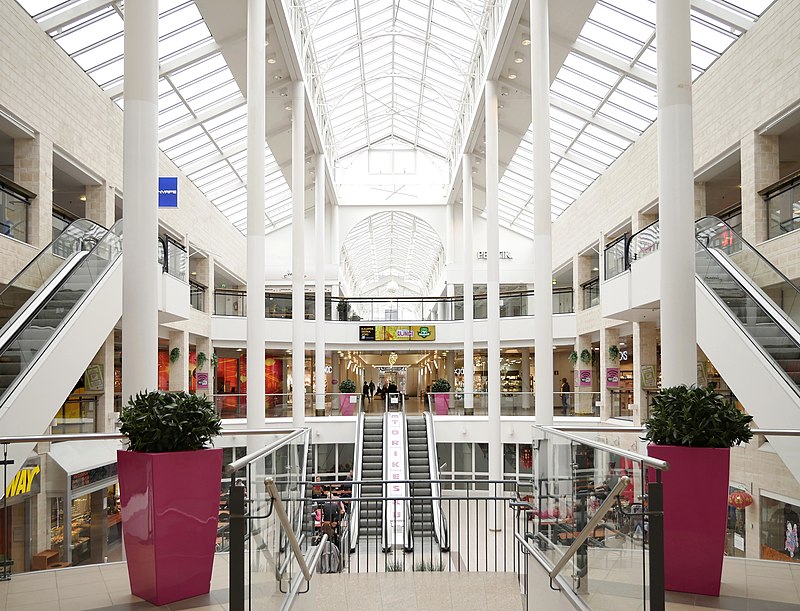
Seinäjoki, located in western Finland, is known for its modernist architecture by Alvar Aalto.
It is also a hub for summer festivals, including tango and rock music events.
Interesting Fact:
Seinäjoki hosts the world’s largest tango festival, Tangomarkkinat.
15. Kotka (Population: 48,992)
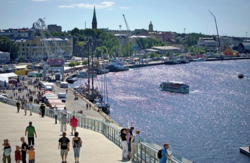
Kotka, a coastal city in southern Finland, is known for its maritime heritage and lush parks.
It sits on an island at the mouth of the Kymi River.
Interesting Fact:
Kotka’s Maritime Centre Vellamo showcases Finland’s seafaring history.
16. Kouvola (Population: 46,043)
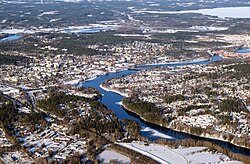
Kouvola is a railway junction city in southeastern Finland and a gateway to the Repovesi National Park.
The city is surrounded by natural beauty and is popular with outdoor enthusiasts.
Interesting Fact:
Kouvola was once a major hub for Finland’s paper industry.
17. Hyvinkää (Population: 43,719)
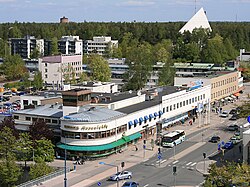
Hyvinkää, north of Helsinki, has a history tied to the Finnish railway system.
Today it’s a growing commuter town with a mix of urban amenities and green spaces.
Interesting Fact:
Hyvinkää hosts Finland’s national railway museum.
18. Porvoo (Population: 39,897)
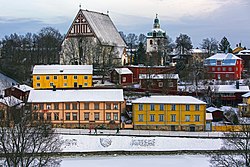
Porvoo is one of Finland’s oldest towns, famous for its charming Old Town with colorful wooden houses.
Located on the south coast, it has been a trading hub since the Middle Ages.
Interesting Fact:
The poet Johan Ludvig Runeberg, Finland’s national poet, lived in Porvoo.
19. Kokkola (Population: 37,343)
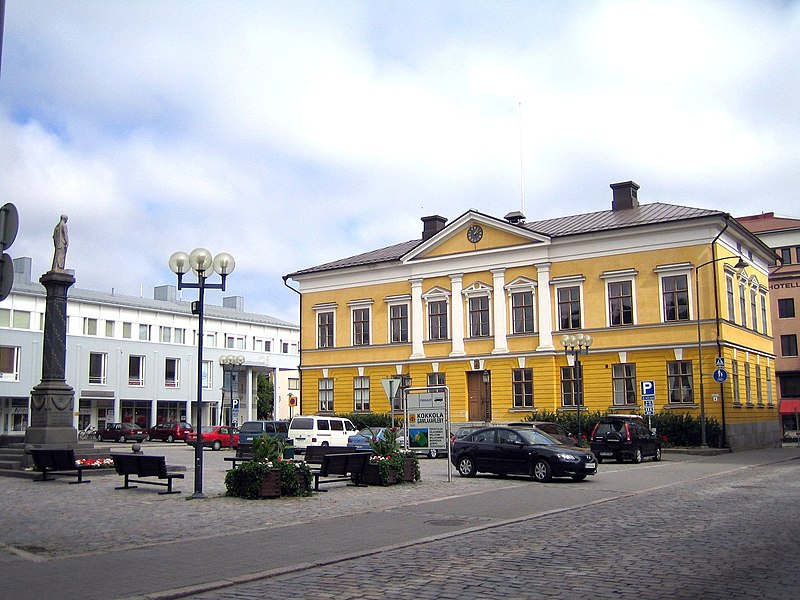
Kokkola, on the west coast, is known for its historic wooden district, Neristan.
It has a long maritime history and offers easy access to the Bothnian coast.
Interesting Fact:
Kokkola celebrates an annual Venetian festival to mark the end of summer.
20. Mikkeli (Population: 36,728)
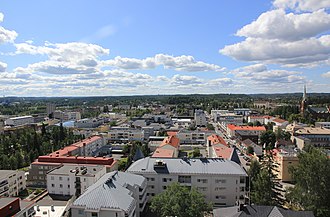
Mikkeli, in the lake-rich region of South Savo, is a center for tourism and recreation.
It was a key headquarters location during World War II for the Finnish military.
Interesting Fact:
Mikkeli’s water tower is a popular viewing spot over Lake Saimaa.
21. Rauma (Population: 33,143)
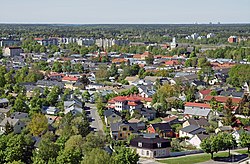
Rauma, on the west coast, is famous for Old Rauma, a UNESCO World Heritage Site with preserved wooden architecture.
The city has a strong tradition of lace-making.
Interesting Fact:
Rauma’s dialect is considered one of the most distinctive in Finland.
22. Lohja (Population: 32,750)
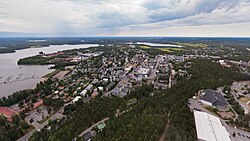
Lohja, in southern Finland, is known for its lakes and apple orchards.
The area is a popular getaway for nature lovers and summer cottage owners.
Interesting Fact:
Lohja hosts an annual Apple Carnival celebrating its orcharding heritage.
23. Kajaani (Population: 29,347)
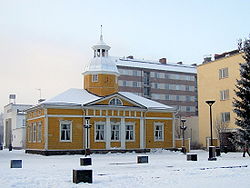
Kajaani, in central Finland, lies along the Kajaani River and serves as a gateway to the Kainuu region.
It has a history rooted in the tar trade and forestry.
Interesting Fact:
Kajaani Castle’s ruins date back to the 17th century and are a local landmark.
24. Salo (Population: 28,397)
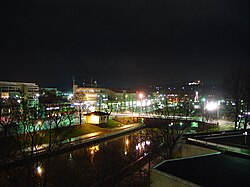
Salo, in southwest Finland, became well-known as a major center for Nokia’s mobile phone production.
Today it focuses on technology and small business development.
Interesting Fact:
Salo’s history includes significant archaeological finds from the Stone Age.
25. Riihimäki (Population: 27,393)

Riihimäki, in southern Finland, developed as a railway town and continues to be a transport hub.
It is also known for its glass industry and museum.
Interesting Fact:
Riihimäki hosts the Finnish Glass Museum, showcasing centuries of glassmaking tradition.




